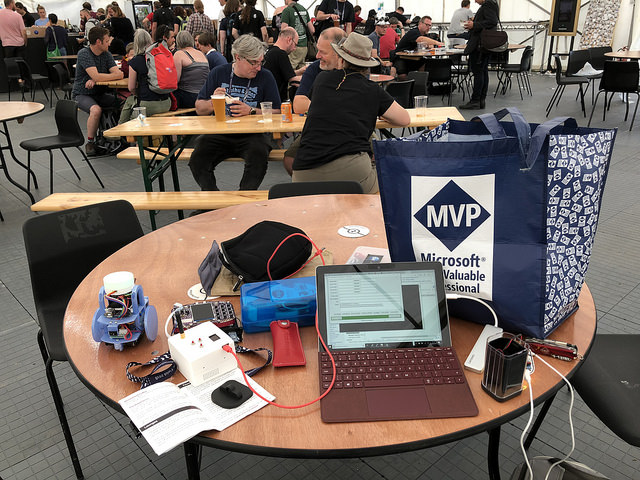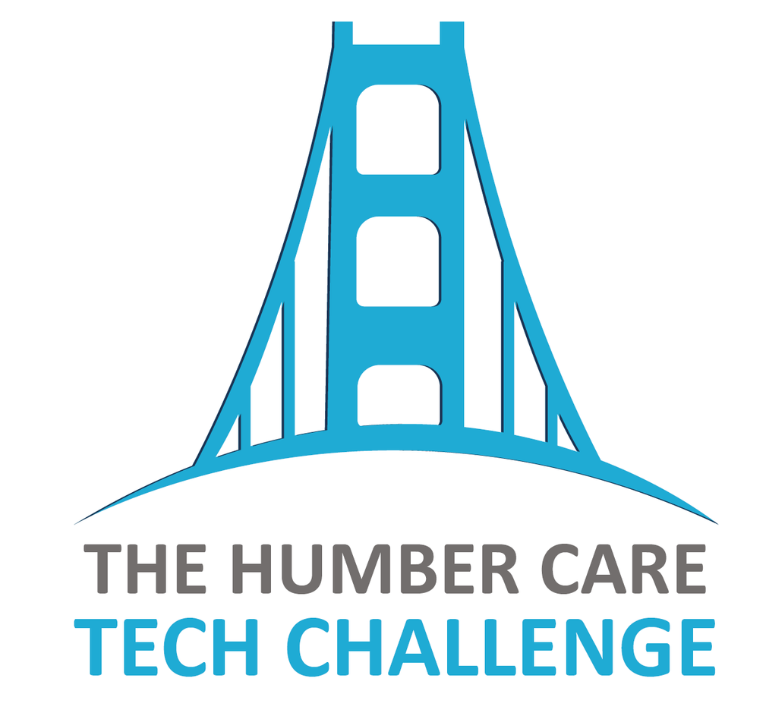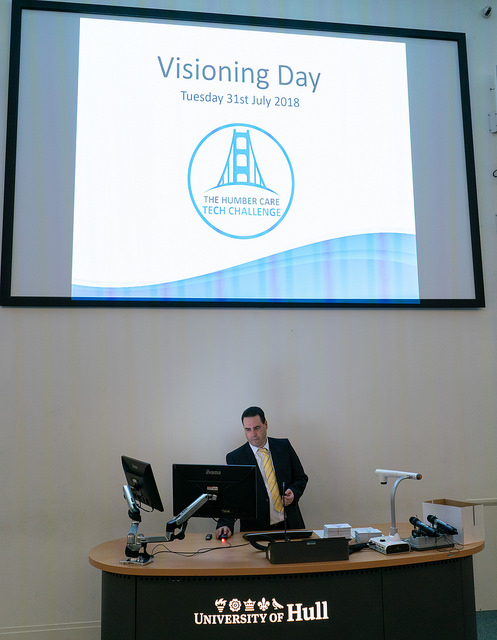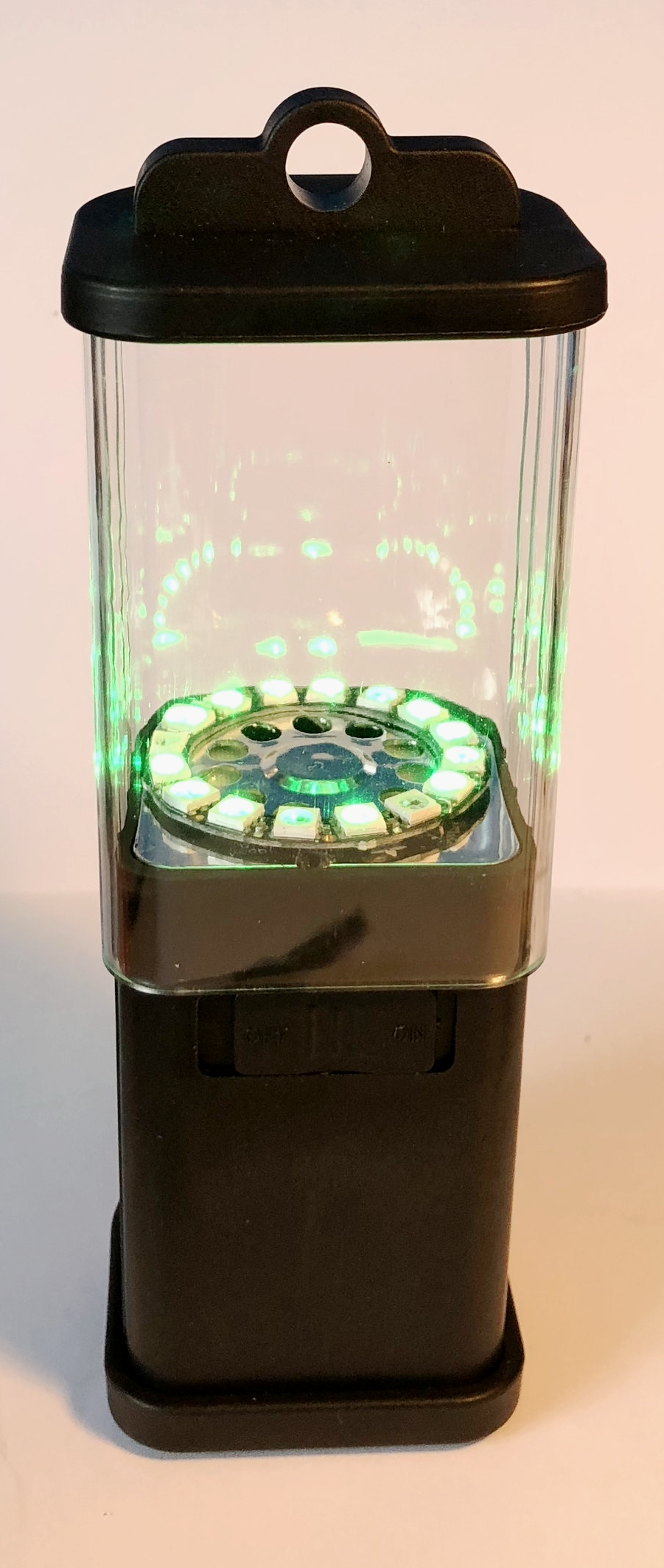Day 2 of Electromagnetic Fields - Starting with Furby Hacking
/Good morning...
Shower Ninja Level Zero: Stand fully clothed in a shower booth and press the water button "just to see if it works". Then wonder why all the clothes you're wearing are now soaking wet. And have nothing to put wet clothes into. Oh well; the good news is that the shower was clean and the water was nice and warm.
After breakfast it was time for some more sessions, starting with "Attacking Websites for Educational Purposes Only". The exploit that was explained was specific only to an elderly version of the PHPBB bulletin system that was released for a short time a while back, but the talk did bring home how vulnerable a site can be.
Then it was time to attack something a bit more cuddly, with a fantastic session on Furby hacking. From modest beginnings, intercepting Bluetooth messages containing firmware updates, the speaker ended up showing how to take complete control of the device, downloading sound and graphics into the hapless cuddly toy. It was so impressive that, not surprisingly, I've gone and bought a Furby device to play with. Such are the perils of connected sessions and Amazon's Buy it Now button.
Next up was a really good talk on podcasting. I've never podcasted, despite apparently having "The perfect face for radio". However, after this talk, that set out why you would do it and why it is such a good idea, I'm strongly tempted to give it a go.
Building the badge al-fresco
By now the emf badge had been released and it was back to the tent for a bit of assembly and testing. I had a plan to connect an Air Quality sensor to the badge for no particular reason, and in an uncharacteristic piece of forward planning I'd actually 3D printed a case for the badge and attached a sensor and a rechargeable battery to it. Now all I had to do was connect up the wiring and write the code. This meant that session attendance had to take a bit of a back seat, although I did manage to catch part of an awesome session about converting photographs to poetry and another which went into scary levels of detail about how easy it is to hack RFID car keys.
It turned out that the bar was a good place to set up base camp and start developing
After gatecrashing an Arduino session and hijacking a soldering iron for a few minutes I got the cabling wired up to connect the sensor to the badge and then my software worked first time.
I always get nervous when that happens. My theory, which has been validated many times, is that any given project requires a "pound of flesh" of effort, and if it seems to be going easily that's because there's something nasty lurking round the corner. It turns out that my nervousness was well founded. Although I could get values from the sensor and display them, when I tried to turn the program into an application to publish in the app store for the badge it all went horribly wrong. I was sure it was something stupid that I'd done, but it was very hard to work out what. So, after a while I gave up and went for a wander down to the Hackaday tent where they were showing off hacks. There was a chap there with an amazing barrel organ made using laser cut panels. I also got to have a really good chat with the man behind the RC2014 project.
After tea (pizzas this time) we headed for a special showing of Hackers, a deeply silly movie from 1995 that was one of the first on-screen portrayals of hacking. It was great fun and lovely to be part of a huge audience that shouted "Hack the Planet" at every opportunity. The presentation was followed by a question and answer session with the director of the film who gamely entered into the spirit of the thing, even down to judging the best hacker costume. Style tip: the more LEDS the better....
A message for our times.
After that we took some pictures of the fun and games going on in the Null Sector, and took a walk around the camp. There are various "villages" set out for particular interest groups. You could spend your entire time at the event just going round and seeing what they are doing.
Hardware hacking by moonlight
Across the camp









































